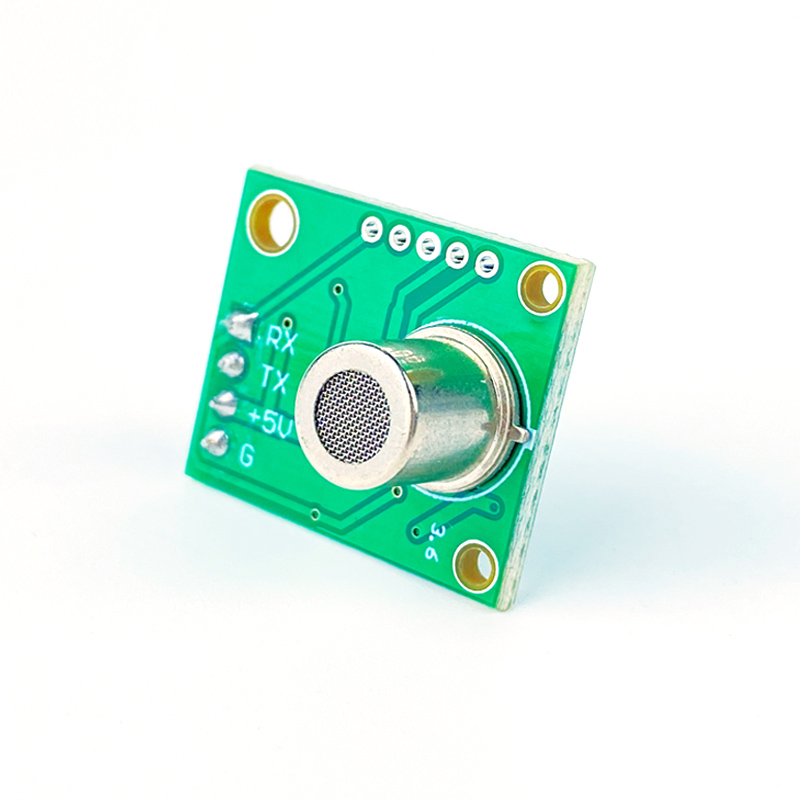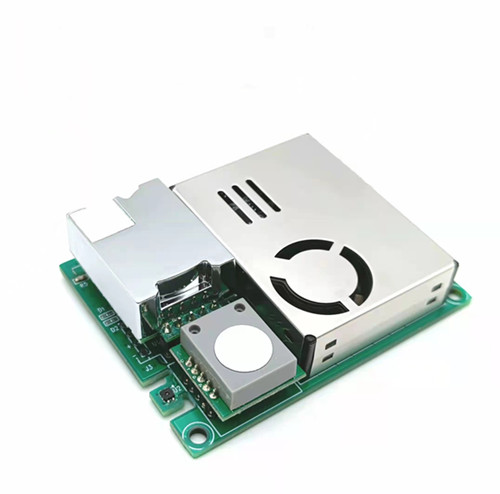News
About VOCs
VOCs emitted from plants

The release of VOCs by plants is often considered a defense mechanism. VOCs emitted by plants have a deterrent effect on harmful pathogens, insects, and herbivores, and also facilitate wound healing in plants. Some highly volatile VOCs can have a defense effect by attracting animals or insects to help with pollination; or by attracting natural enemies of herbivores.
Moreover, VOCs emitted by plants are characterized by significant seasonal changes. In summer, when the temperature is higher and the solar radiation is stronger, the physiological activities of plants are vigorous, so they emit more VOCs. In winter, deciduous plants will greatly reduce the emission of VOCs as their leaves wither and fall off and enter a physiological dormant period, while evergreen plants will emit fewer VOCs as the ambient temperature drops.
There is no obvious evidence that VOCs emitted by plants pose a direct hazard to human health, but VOCs emitted by plants are very reactive and can undergo a series of complex atmospheric chemical reactions with nitrogen oxides to produce ozone and organic aerosols. And when the ozone and organic aerosols in the ambient air reach a certain concentration, they will be harmful to human health. Therefore, from this point of view, VOCs emitted from plants will have an adverse effect on the atmospheric environment under certain conditions.
VOCs from restaurant fumes

Catering fumes and industrial emissions, motor vehicle exhaust has been regarded as the city's three major “pollution killers”. Oil smoke pollutant components are complex, mainly including particulate matter and gaseous organic matter.
Volatile organic compounds (VOCs) in soot pollutants are mainly composed of hydrocarbons and oxygenated organic compounds (of which non-methane hydrocarbons account for about 68% and oxygenated organic compounds for about 32%), and are dominated by benzene, alkyl olefins and ketones, and are characterized by substances such as toluene, xylene, ethylbenzene, acetone, propylene, and so on.
Catering fumes are one of the direct sources of PM2.5 emissions, and fumes contain a variety of volatile organic compounds (VOCs) that can react with nitrogen oxides (NOx) in the environment to enhance the oxidizing properties of the atmosphere and accelerate the formation of secondary particulate matter. A large amount of untreated oily smoke pollutants emitted into the atmosphere will indirectly lead to the generation of large amounts of ozone and ozone pollution.
VOCs from everywhere
1, VOCs emitted from the ocean
Algae and certain marine organisms in the oceans emit VOCs, but the amount of VOCs from the oceans is very small compared to plants on land and is not enough to affect the chemical composition of the atmosphere.
2, VOCs from household garbage
Within 0 to 3 days after the generation of household garbage, the organic matter in the garbage will be degraded by microorganisms, and a small amount of VOCs will be released into the atmosphere.
3, VOCs in the bathroom
Skin care products, cosmetics, synthetic detergents and other daily-use chemicals in the bathroom contain VOCs, which are volatilized into the air during use.
4, Hospital VOCs
Some types of disinfectants used in hospitals are VOCs. Meanwhile, hospitals need to use formaldehyde, ethanol, and xylene for specimen production, which will also cause localized VOCs to be emitted in an unorganized manner.
5, VOCs in barber stores
A large number of hair coloring and perming reagents in barber stores contain VOCs.
We have sensor solutions for indoor air pollution and atmospheric pollution in VOCs monitoring, which can meet the VOCs monitoring in different scenarios in production and life.
Please contact us for more detailed information.


Related News
- Reliable Semiconductor gas sensor 2025-05-15
- Home Gas Leak Detection Solutions - Semi 2025-03-31
- CO monitoring in underground garages 2025-03-27
- About dust sensors 2025-03-25
- Hazardous gas detection for tunnel safet 2025-03-21
Categories
Contact us
HJP Technology Co., Ltd
Contact:Angela Sun
Mobile:+86-18603812197
Email:[email protected]
Add:No.11 Zhengshang Road, Zhengzhou, 450007, China
 angela
angela